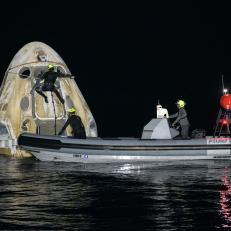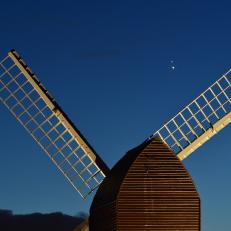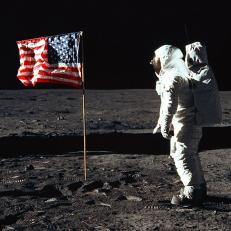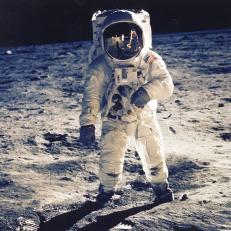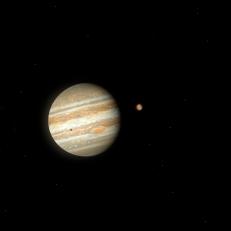Extreme Moons of the Solar System
The solar system is home to over 200 moons. Earth, Mars, Jupiter, Saturn, Uranus, Neptune, and Pluto each have these natural satellites. Let's explore the strangest ones.
Uranus' Moon: Ariel
Ariel was discovered Oct. 24, 1851 by William Lassell. It's surface appears to be the youngest of all the moons of Uranus. It has few large craters and many small ones, indicating that fairly recent low-impact collisions wiped out the large craters. Measurements have shown that Ariel's surface temperature rises and falls quickly with the coming and going of sunlight, without a "thermal inertia" lag. It's porous surface tends to insulate the moon and keep the subsurface from heating up.
Pluto's Moon: Charon
Charon is the largest of Pluto's five moons. It was discovered over 40 years ago by James Christy and Robert Harrington at the U.S. Naval Observatory in Flagstaff, Arizona. Charon's orbit around Pluto takes 6.4 Earth days, and one Pluto rotation (a Pluto day) takes 6.4 Earth days. The moon hovers over the same spot on Pluto's surface, and the same side of Charon always faces Pluto.
Jupiter's Moon: Europa
Jupiter is the smallest of the four Galilean moons that orbit the planet. Beneath its icy shell, there is an ocean of salty water. Europa's atmosphere has oxygen, but its not produced in the same way as Earth.
The Moon
Earth's only natural satellite is the Moon. It takes 27.3 days to rotate on its axis and to orbit the planet. The moon is larger than the planet Pluto with a diameter of 2,159 miles. It has a small core, about 420 miles wide and likely consists of iron and sulfur. The moon's surface is rocky and marked with craters formed by the impact of asteroids.
Saturn's Moon: Pan
Pan was discovered by M.R. Showalter in 1990. Known as Saturn's closest moon, it has a radius of 8.8 miles and orbits 83,000 miles away from Saturn, within the Encke Gap of Saturn's A-ring. As it orbits Saturn every 13.8 hours, it acts as a shepherd moon and is responsible for keeping the Encke Gap open.
Mars' Moon: Phobos
Phobos is the larger of Mars' two moons and is 17 x 14 x 11 miles in diameter. It orbits Mars three times a day, and is so close to the planet's surface that in some locations on Mars it cannot always be seen. Observations by Mars Global Surveyor indicate that the surface of this small body has been pounded into powder by eons of meteoroid impacts, some of which started landslides that left dark trails marking the steep slopes of giant craters. It doesn't have an atmosphere.
Saturn's Moon: Titan
Titan is Saturn's largest moon. Besides Earth, it is the only place known to have liquid rivers, lakes, and oceans seen on the surface. In terms of size, it's larger than the planet Mercury and is the second largest moon in the entire solar system.
Neptune's Moon: Triton
Voyager 2 revealed details about Triton. Part of its surface resembles the rind of a cantaloupe. Ice volcanoes spout what is probably a mixture of liquid nitrogen, methane and dust, which instantly freezes and then snows back down to the surface. It is the only large moon in the solar system that circle its planet in a direction opposite to the planet's rotation. Neptune's gravity acts as a drag on the counter-orbiting Triton, slowing it down and making it drop closer and closer to the planet.












